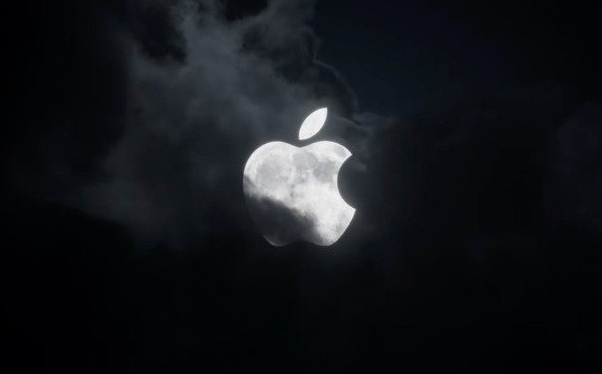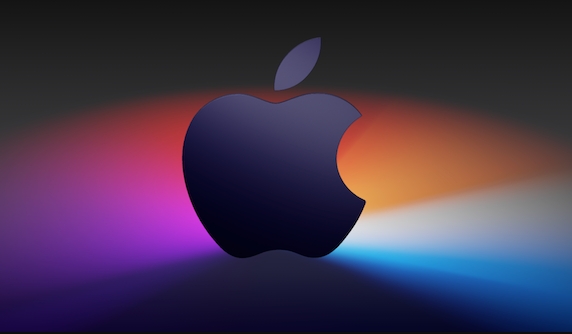Open System Settings (Ventura or later) or System Preferences (Monterey and earlier) via the Apple menu. 2. On newer macOS, go to General > About, click the current name, enter a new one, press Enter, then ensure Sharing settings update accordingly; on older versions, go to Sharing and edit the Computer Name field directly. 3. The new name appears on networks, AirDrop, file sharing, screen sharing, and Time Machine backups, but differs from Apple ID and user account name; for terminal hostname changes, use sudo scutil --set HostName "NewHostName". 4. Use simple characters, avoid special symbols, keep it recognizable, and follow network naming rules if applicable—no restart is needed, and the change is immediate.

Changing the computer name on your Mac is simple and useful—especially if you're on a network, using AirDrop, or just want a more personal label. Here's how to do it.

1. Go to System Settings (or System Preferences)
- On macOS Ventura (13) and later: Click the Apple menu (?) > System Settings.
- On older versions (macOS Monterey or earlier): Click ? > System Preferences.
Note: The interface changed slightly starting with Ventura, so the steps vary a bit depending on your macOS version.
2. Find the Name & Sharing Settings
If you're on macOS Ventura or later:
- In System Settings, click General in the sidebar.
- Scroll down and select About.
- You’ll see your current Name under the "About This Mac" section. Click the name.
- A text field will appear—edit it to your desired computer name (e.g., "Sarah’s MacBook").
- Press Enter to save.
Now, go to System Settings > General > Sharing and make sure the Computer Name field updates automatically. If not, manually change it there too.

If you're on macOS Monterey or earlier:
- Open System Preferences.
- Click Sharing.
- At the top, you’ll see a field labeled Computer Name.
- Click in the field and type your new name.
- Close the window when done.
The change takes effect immediately—no restart needed.
3. What the Computer Name Affects
The name you set shows up in several places:

- On your local network (e.g., when others see your Mac in Finder sidebar)
- In AirDrop and File Sharing
- When connecting via Screen Sharing or SSH
- In Time Machine backups (e.g., "Sarah’s MacBook Backup")
?? Note: This is different from your Apple ID, user account name, or hostname (though they often match by default). If you need to change the terminal hostname (what shows in Terminal prompt), use this command in Terminal:
sudo scutil --set HostName "NewHostName"
But for most users, changing the name in System Settings/Preferences is enough.
Quick Tips
- Use letters, numbers, spaces, and hyphens. Avoid special characters like /, :, or @.
- Keep it recognizable but not too long.
- If on a shared network (office/school), check naming policies.
That’s it—your Mac will now show the new name across devices and services. Basically just a quick edit, but it makes your setup feel more personal.
The above is the detailed content of How to change the computer name on Mac. For more information, please follow other related articles on the PHP Chinese website!

Hot AI Tools

Undress AI Tool
Undress images for free

Undresser.AI Undress
AI-powered app for creating realistic nude photos

AI Clothes Remover
Online AI tool for removing clothes from photos.

Clothoff.io
AI clothes remover

Video Face Swap
Swap faces in any video effortlessly with our completely free AI face swap tool!

Hot Article

Hot Tools

Notepad++7.3.1
Easy-to-use and free code editor

SublimeText3 Chinese version
Chinese version, very easy to use

Zend Studio 13.0.1
Powerful PHP integrated development environment

Dreamweaver CS6
Visual web development tools

SublimeText3 Mac version
God-level code editing software (SublimeText3)
 How to Remove Old Devices from Apple ID on Mac
Jul 07, 2025 am 09:08 AM
How to Remove Old Devices from Apple ID on Mac
Jul 07, 2025 am 09:08 AM
If you've owned multiple Apple devices over the years, you might find yourself in a situation where some of those older Macs, iPhones, iPads, or other Apple hardware have been sold, given away, or traded. No matter how they left your possession, it's
 How to Play Fortnite on Mac with FnMacAssistant & Sideloadly
Jul 05, 2025 am 09:21 AM
How to Play Fortnite on Mac with FnMacAssistant & Sideloadly
Jul 05, 2025 am 09:21 AM
Fortnite is once again available for iPhone and iPad users, bringing joy to many gamers. However, there's still no official version for Mac (at least not yet). Despite that, Apple Silicon Mac owners aren’t completely out of luck—you can run the iOS/i
 How to Enable iCloud Private Relay on Mac
Jul 05, 2025 am 09:36 AM
How to Enable iCloud Private Relay on Mac
Jul 05, 2025 am 09:36 AM
iCloud Private Relay is an excellent privacy feature included with the iCloud subscription, designed to safeguard your online activity and browsing by masking your IP address (using a temporary one) and encrypting DNS lookups. This prevents third pa
 How to Allow Apps During Downtime on Mac
Jul 04, 2025 am 09:03 AM
How to Allow Apps During Downtime on Mac
Jul 04, 2025 am 09:03 AM
Are you using Screen Time to manage your or your child’s Mac usage? If yes, you likely already know that it allows you to set app limits, schedule downtime on the Mac, and more. Additionally, you can also choose specific apps that remain accessible a
 How to Make MacOS Sequoia Feel Faster: Tips to Speed Up Slow MacOS
Jul 05, 2025 am 09:28 AM
How to Make MacOS Sequoia Feel Faster: Tips to Speed Up Slow MacOS
Jul 05, 2025 am 09:28 AM
macOS Sequoia is a solid operating system that brings some impressive features like iPhone Mirroring, and while performance is excellent for many users, not everyone experiences the same level of speed. If you're finding macOS Sequoia slower than pre
 How to See All Links Shared in Messages on iPhone & iPad
Jul 05, 2025 am 09:31 AM
How to See All Links Shared in Messages on iPhone & iPad
Jul 05, 2025 am 09:31 AM
If you frequently use iMessage, then you've likely shared numerous web links in your chats — maybe an article, a video, a tweet, a song, or anything else. Locating these links later can be quite frustrating, but thankfully there's a simpler method th
 Create a MacOS Tahoe 26 Beta VM with Three Commands in Terminal Using tart
Jul 06, 2025 am 09:28 AM
Create a MacOS Tahoe 26 Beta VM with Three Commands in Terminal Using tart
Jul 06, 2025 am 09:28 AM
Advanced Mac users familiar with the command line can swiftly set up a MacOS Tahoe 26 beta virtual machine by entering a few commands into Terminal, using tart. Tart is a command-line utility for managing virtual machines and offers one of the quicke
 WindowServer Quit Unexpectedly: How to Fix It on Mac Air/Pro?
Jul 05, 2025 am 09:17 AM
WindowServer Quit Unexpectedly: How to Fix It on Mac Air/Pro?
Jul 05, 2025 am 09:17 AM
What is WindowServer and why is it importantWindowServer is a core macOS process that manages how apps and windows appear on screen. It handles GUI rendering, controls internal and external displays, and enables all vis






